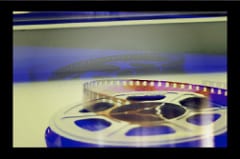Open Science event for UCL staff and students
By ucylcjh, on 6 June 2018
UCL is running a free, one day event to examine many aspects of open science. It is open only to UCL staff and students, so apologies to any non-UCL readers of this blog. The event is happening on Monday 25th June 2018 from 09:30 to 16:00 at the Senate House, Malet Street WC1E. It promises to be a fascinating event for anyone involved in research or simply interested in open science. “How to make your data open”, “open peer review” and “citizen science” will be among the topics discussed by high profile speakers from UCL and other organisations.
UCL staff and students can find out more and book a place here.
What is the connection with copyright? Considerations of the copyright status of research outputs and data sets are essential ingredients of the open science mix. Decisions on how to licence the reuse of copyright protected material in an open access environment are also an important aspect of implementing an open science strategy.
 Close
Close




